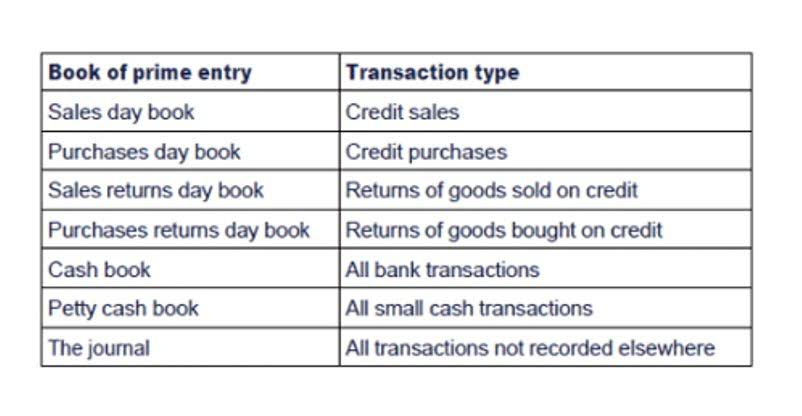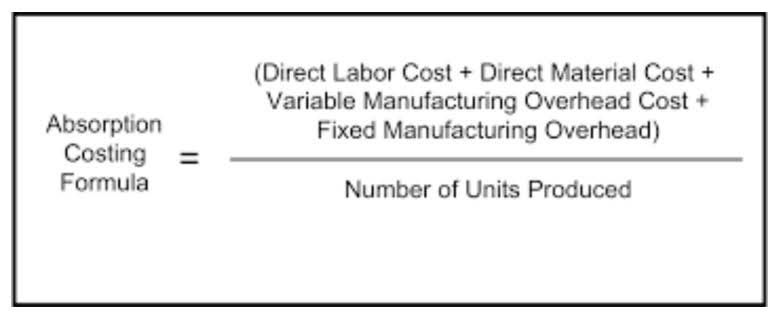
Other names used for this equation are balance sheet equation and fundamental or basic accounting equation. The balance sheet is the linchpin of the structural integrity of the three key financial statements. It must always balance and the fundamental accounting equation, assets equals liabilities plus equity, provides the basis for the recording of all business transactions.
Balance Sheet and Income Statement
- So, now you know how to use the accounting formula and what it does for your books.
- Corporations with shareholders may call Equity either Shareholders’ Equity or Stockholders’ Equity.
- After six months, Speakers, Inc. is growing rapidly and needs to find a new place of business.
- Assets include cash and cash equivalents or liquid assets, which may include Treasury bills and certificates of deposit (CDs).
- A business may take out a bank loan of 5m, cash will increase by 5m and liabilities will also increase by 5m.
- All such information is provided solely for convenience purposes only and all users thereof should be guided accordingly.
- Journal entries often use the language of debits (DR) and credits (CR).
Double-entry accounting uses the accounting equation to show the relationship between assets, liabilities, and equity. When you use the accounting equation, you can see if you use business funds for your assets or finance them through debt. The accounting equation is also called the balance sheet equation. Let us imagine a business is set up and enters into a series of transactions over the first period. All transactions are recorded by the accounting system and used to produce an income statement, balance sheet and cash flow statement. Under the accrual basis of accounting, expenses are matched with revenues on the income statement when the expenses expire or title has transferred to the buyer, rather than at the time when expenses are paid.
- Their share repurchases impact both the capital and retained earnings balances.
- It’s telling us that creditors have priority over owners, in terms of satisfying their demands.
- This process involves the consideration of various factors such as cultural, political, and economic differences in different regions.
- They prove that the financial statements balance and the double-entry accounting system works.
- If you want to know more about accounting errors and how to spot them, we recommend reading Common Accounting Errors – A Practical Guide With Examples.
How to show the effect of transactions on an accounting equation?

It includes the standards, conventions and rules that accountants follow in recording and summarizing and in the preparation of financial statements. The revenue a company shareholder can claim after debts have been paid is Shareholder Equity. The accounting equation states that the amount of assets must be equal to liabilities plus shareholder or owner equity. There are different categories of business assets including long-term assets, capital assets, investments and tangible assets.
Financial Statements
Both liabilities and shareholders’ equity represent how the assets of a company are financed. If it’s financed through debt, it’ll show as a liability, but if it’s financed through issuing equity shares to investors, it’ll show in shareholders’ equity. This straightforward relationship between assets, liabilities, and equity is considered to be the foundation of the double-entry accounting system. The accounting equation ensures that the balance sheet remains balanced. That is, each entry made on the debit side has a corresponding entry (or coverage) on the credit side. In this form, it is easier to highlight the relationship between shareholder’s equity and debt (liabilities).
In the state of California, certain organizations would be granted an automatic tax-exempt status without having to apply and go through the approval process on the state level. These organizations include churches, schools, and certain charitable organizations. These organizations can operate without undergoing a separate approval process on the state level, as their federal tax-exempt recognition is generally acknowledged by California. However, it is important to note that even though they are granted automatic tax-exempt status, they are still required to comply with certain regulations and file certain documents with the state. Overall, this automatic tax-exempt status is meant to streamline the process for organizations that meet certain criteria. The emigration of highly skilled talents can result in a loss of expertise, knowledge, and innovation within Country A. It can hamper the development and competitiveness of industries that rely on these skills.
Essentially, the representation equates all uses of capital (assets) to all sources of capital, where debt capital leads to liabilities and equity capital leads to shareholders’ equity. When Taylor receives the loan in cash, it does not affect the money supply because cash is already part of the money supply. The money supply includes both physical currency (coins and banknotes) and demand deposits (checkable deposits held at banks). If the loan were given as a new checkable deposit, it would increase the money supply because it would create new funds that can be used for transactions. However, when the loan is provided in cash, it simply transfers existing currency from the bank to the borrower. The money supply remains the same because there is no creation or destruction of money in the process.
Equity refers to the owner’s interest in the business or their claims on assets after all liabilities are subtracted. The accounting equation matters because keeping track of each transaction’s corresponding entry on each side is essential for keeping records accurate. To illustrate how the accounting equation works, let us analyze the transactions of a fictitious corporation, First Shop, Inc. Equity includes any money that has been invested into the company by shareholders as well as retained earnings which have not yet been paid to shareholders as dividends. The business has paid $250 cash (asset) to repay some of the loan (liability) resulting in both the cash and loan liability reducing by $250. $10,000 of cash (asset) will be received from the bank but the business must also record an equal amount representing the fact that the loan (liability) will eventually need to be repaid.
They may need to be discontinued or divested.Finally, “stars” are products that have a high market share in a high-growth market. These products have significant potential and require investment to maintain their growth. Overall, the BCG Matrix is a useful tool for companies to evaluate their product portfolio and make informed strategic decisions.
Cash Flow Statement
Company credit cards, rent, and taxes to be paid are all liabilities. Your bank account, company vehicles, office equipment, and owned property are all examples of assets. Liability, revenue, and equity accounts have normal credit balances (i.e., crediting financial accounting equation these types of accounts increases them). The Accounting Equation is a vital formula to understand and consider when it comes to the financial health of your business. The accounting equation is a factor in almost every aspect of your business accounting.
